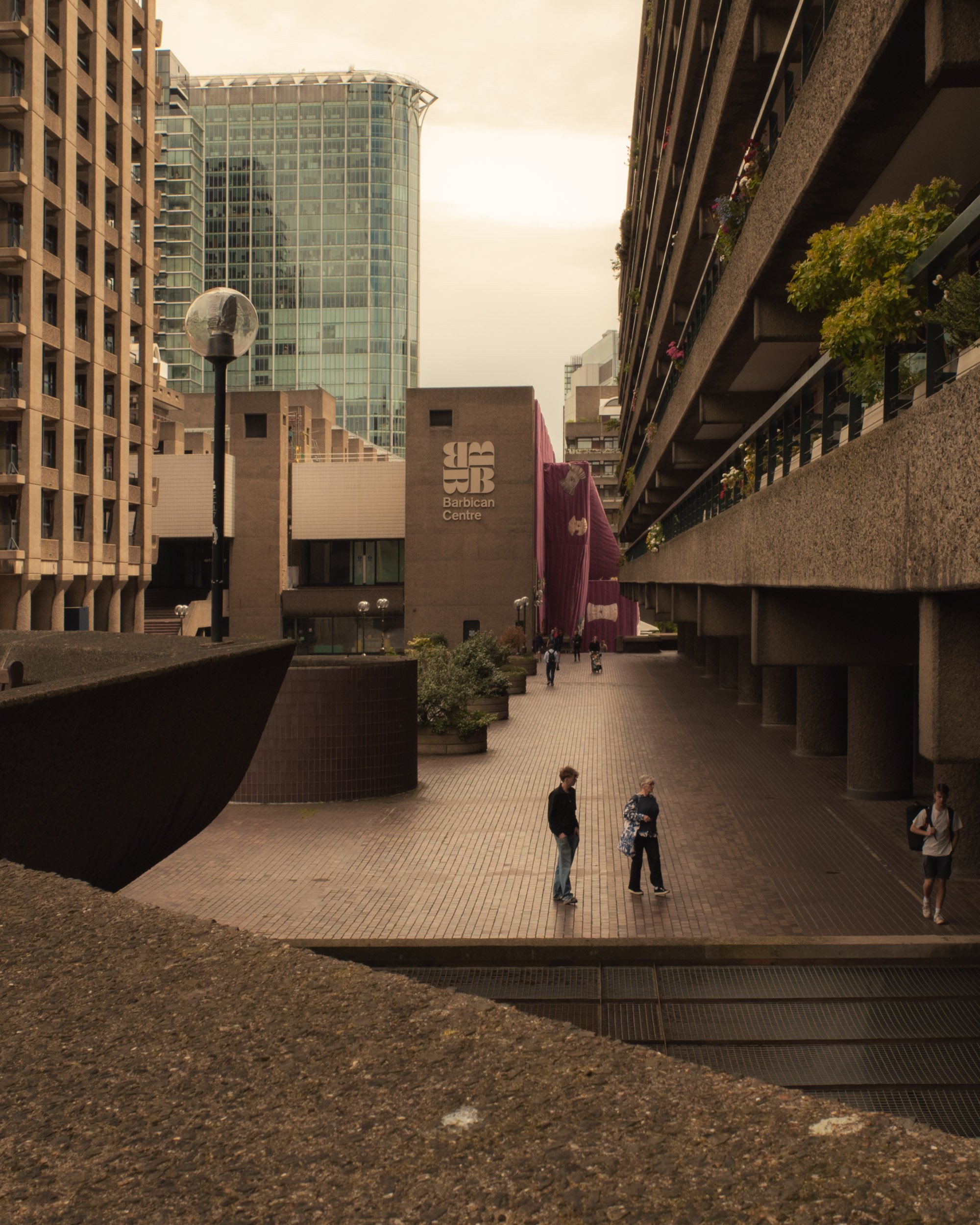A Comprehensive Guide to Capturing Urban Landscapes and Streetscapes
Introduction
Urban landscapes and streetscapes are intriguing subjects for photography, capturing the essence of city life through its physical features. These images focus on the architecture, aesthetic qualities, and details of urban environments, showing how streets serve the people who inhabit them. This guide will delve into the differences between urban landscapes and streetscapes, the inclusion of people in these photos, and techniques to enhance your compositions.
Understanding Streetscapes and Urban Landscapes
What Are Streetscapes and Urban Landscapes?
Streetscapes refer to the physical features of a specific street, including buildings, sidewalks, and how people use these spaces. It’s akin to street photography but emphasizes the street’s character rather than the people’s stories. Urban landscapes, on the other hand, capture larger areas such as neighborhoods, city skylines, and city rivers, presenting a broader view of the urban environment.
Key Differences
• Streetscapes: Focus on details of a single street or part of it.
• Urban Landscapes: Capture larger areas, including multiple streets, neighborhoods, or cityscapes.
Despite these differences, both types of photography aim to tell the story of urban environments and are often intertwined.
Including People in Your Shots
With or Without People?
Including people in your shots can add scale and life, showing how spaces are used and providing a human connection. Conversely, photographing without people emphasizes the architecture and environment, evoking stillness or abandonment.
Deciding Factors
Consider the following when deciding to include people
• Is it a busy, iconic street with people congregating?
• Is it a quiet street where people merely pass through?
• Is it historically significant or beautifully structured?
The mood you wish to convey—loneliness, joy, hustle, or tranquility—will guide your choice.
Techniques for Capturing Urban Landscapes and Streetscape
Leading Lines
Leading lines are powerful tools to create depth and draw viewers into the scene. These can be pavements, sidewalks, walls, or tarmac lines. By emphasizing these elements, you can add a layering effect to your images.
Foreground Objects
Foreground objects add depth and interest to your photos. They can be anything from trees and flowers to road signs.
Light and Shadows
Light plays a crucial role in urban landscape and streetscape photography. Bright sunshine and harsh shadows can add drama and interest to your shots
Tips:
• Use apps like Photo Ephemeris to determine the best time of day for light.
• Look for shadows cast by elements such as lanterns or buildings to add visual interest.
• Utilize side light to highlight textures and add depth to your photos.
Geometric Shapes
Cities are full of geometric shapes that can be incorporated into your compositions. Vertical railings, horizontal apartment rows, and bulb-shaped lamps all add visual appeal.
Juxtaposition of Old and New
Capturing the contrast between old and new elements in your frame adds a deeper meaning to your photos, highlighting the city’s history and modernity.
• The Gherkin and Old Church: Showcasing new architecture against historical buildings.
• St. Paul’s Cathedral and City Skyline: Combining iconic old structures with contemporary cityscapes.
Equipment and Settings
Recommended Gear
A wide-angle lens is essential for capturing the vastness of urban landscapes and streetscapes. A 28mm lens is ideal, but crop modes (35mm and 50mm) can be useful for narrower compositions.
Camera Settings
• Aperture Priority: Use a deeper depth of field, with apertures ranging from f/3.2 to f/14.
• Auto ISO: Allows flexibility in various lighting conditions, with a range from 100 to 3200 and a minimum shutter speed of 1/250th of a second.
• Auto Area Autofocus in Center Mode: Ensures quick and easy focus for urban landscapes and streetscapes.
Conclusion
Urban landscapes and streetscapes offer a rich tapestry of visual stories waiting to be captured. Whether you include people or focus solely on the architecture, experimenting with techniques like leading lines, foreground objects, and geometric shapes will enhance your photography. So grab your camera, explore your city, and start shooting.






